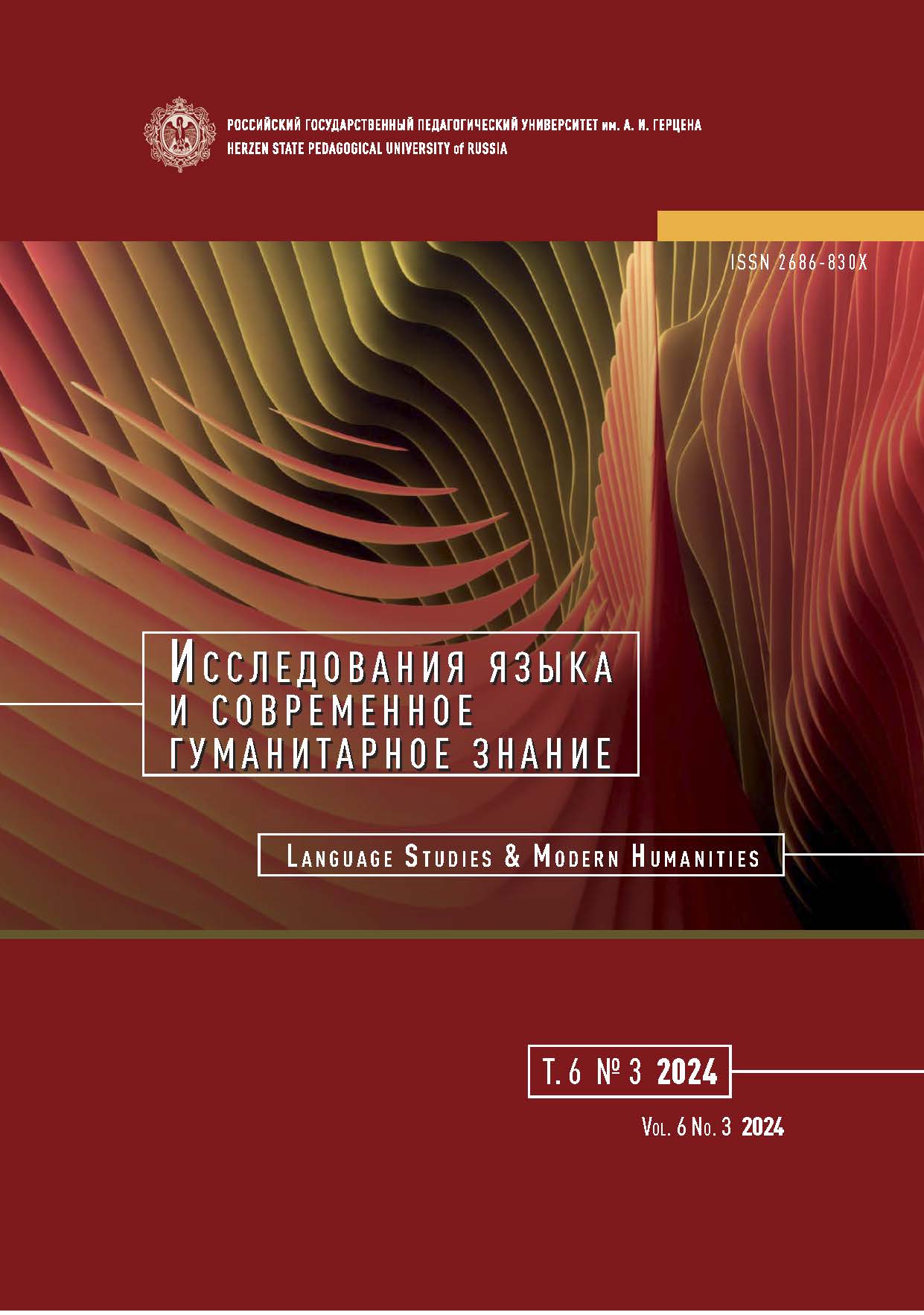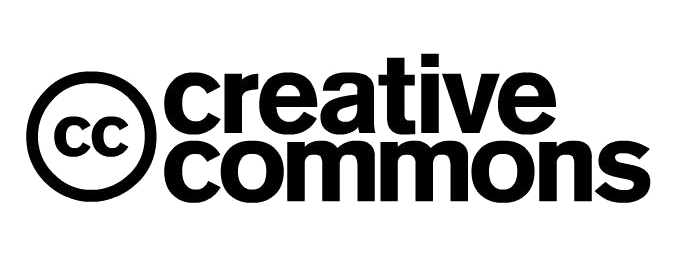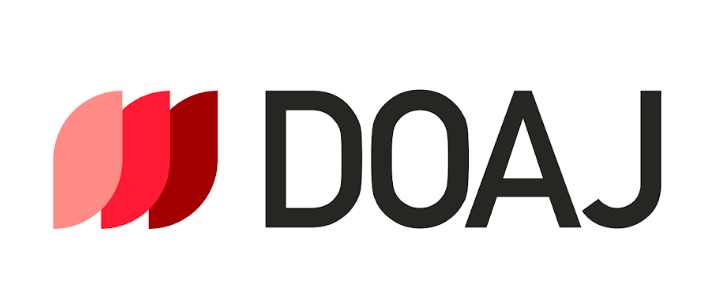The problem of translating Latin interferences in the text of J. J. von Wallhausen’s military charter “Training and skill of military order for infantrymen”
DOI:
https://doi.org/10.33910/2686-830X-2024-6-3-163-171Keywords:
Wallhausen, history of the Russian language, 17th century, German language, Dutch language, military charterAbstract
The article is devoted to the analysis of lexical interferences from the Latin language in various translations of the 17th century military charter of J. J. von Wallhausen “Kriegskunst zu Fuß”. Latin interferences are understood as words, phrases, and short quotations in Latin, included without translation in the original German text and marked with font. The entire text of the book is typeset in Gothic font, interferences are highlighted in Roman font. The study compares the German original of the charter, published in 1615 in Oppenheim; the translation into Dutch, published in 1617 in Arnhem; the translation into Russian, made from the Dutch version of the text and published in 1647 in Moscow under the title “Training and Skill of Military Order for Infantrymen”. 321 Latin lexemes were identified in the German text; they are used 1234 times. Some Latin lexemes show a semantic shift under the influence of the Romance languages of the 17th century. In the Dutch translation of the charter, 121 marked Latin lexemes are recorded, they are used 210 times. It is suggested that the reduction in the number of Latin interferences in the Dutch version could be explained by political reasons. The Russian text of the charter does not contain marked Latin interferences. During the translation, 38 Latinisms from the Dutch version were preserved, of which 34 are proper names. The errors of the Russian translator in rendering Latin proper names, as well as his use of intratextual glosses, are shown.
References
ЛИТЕРАТУРА
Аввакум (1979) Житие протопопа Аввакума им самим написанное, и другие его сочинения. Иркутск: Восточно-Сибирское книжное издательство, 367 с.
Вайнрайх, У. (1979) Языковые контакты. Состояние и проблемы исследования. Киев: Вища школа, 263 с.
Вернадский, Г. В. (1997) Русская история. М.: Аграф, 542 с.
Виноградов, В. В. (1982) Очерки по истории русского литературного языка XVII–XIX вв. М.: Высшая школа, 527 с.
Епифанов, П. П. (1954) «Учение и хитрость ратного строения пехотных людей». О книге по военному искусству (Из истории русской армии XVII в.). Ученые записки Московского государственного университета, вып. 167, с. 77–98.
Крысин, Л. П. (2021) Очерки по социолингвистике. М.: Флинта, 360 с.
Малов, А. В. (2006) Московские выборные полки солдатского строя в начальный период своей истории. 1656–1671 гг. М.: Древлехранилище, 624 с.
Медовиков, П. Е. (1854) Историческое значение царствования Алексея Михайловича. М.: Тип. А. Семена, 256 с.
Обручев, Н. Н. (1853) Обзор рукописных и печатных памятников, относящихся до истории военного искусства в России по 1725 год. СПб.: Типография К. Крайя, 151 с.
Панченко, А. М. (1999) Русская история и культура: работы разных лет. СПб.: Юна, 520 с.
Пушкарева, Н. В. (2021) Особенности проявления императивности в тексте «Устава Морского» 1720 года. Ученые записки Петрозаводского государственного университета, т. 43, № 6, с. 57–64. https://doi.org/10.15393/uchz.art.2021.657
Руднев, Д. В. (2022) Язык Генерального регламента 1720 года (к 300-летию первого издания). Сибирский филологический журнал, № 1, с. 178–191.
Руднев, Д. В. (2024) Императивные конструкции в «Уставе ратных, пушечных и других дел, касающихся до воинской науки». Вестник Томского государственного университета. Филология, № 87, с. 91–109.
Руднев, Д. В., Пушкарева, Н. В. (2021) Регламенты петровского времени в аспекте императивности. Вестник Волгоградского государственного университета. Серия 2, Языкознание, т. 20, № 4, с. 36–49. https://doi.org/10.15688/jvolsu2.2021.4.3
Руднев, Д. В., Шарихина, М. Г. (2024) «… Надобно их заряжати патронами, сиречь зарядцы готовыми или ладунками…»: глоссы переводчиков в «Уставе ратных, пушечных и других дел, касающихся до воинской науки» (1607–1621). Филологические науки. Научные доклады высшей школы, № 3, с. 10–19.
Русаковский, О. В. (2018) «Воинские книги» 1607/1620 г. и их немецкий оригинал. Попытка сопоставления. Древняя Русь. Вопросы медиевистики, т. 73, № 3, с. 53–63.
Садова, Т. С. (2021) Слово «надлежит» в составе императивной формулы в тексте «Устава воинскаго» 1716 года. Ученые записки Петрозаводского государственного университета, т. 43, № 3, с. 8–16. https://doi.org/10.15393/uchz.art.2021.595
Сидоренко, Р. И. (1960) Военная лексика памятника XVII века «Ученiе и хитрость ратнаго строенiя пѣхотныхъ людей». Автореферат диссертации на соискание степени кандидата филологических наук. Львов, Львовский государственный университет им. И. Я. Франко, 16 с.
Сквайрс, Е. Р., Григорьева, Е. В. (2002) Латинские и немецкие тексты самозванца Лже-Шуйского II (Тимофея Анкидинова): лингвистические аспекты проблемы подлинности. Древняя Русь. Вопросы медиевистики, № 3 (9), с. 29–42.
Сороколетов, Ф. П. (1970) История военной лексики в русском языке (XI–XVII вв.). Л.: Наука, 381 с.
Учение и хитрость ратного строения пехотных людей. (1904) СПб.: Типография «Бережливость», 357 с.
Bushkovitch, P. (2002) The Romanov transformation, 1613–1725. In: F. W. Kagan, R. Higham (eds.). The military history of Tsarist Russia. New York: Palgrave Macmillan Publ., pp. 31–46. https://doi.org/10.1007/978-0-230-10822-6_3
Donaldson, B. C. (1983) Dutch. A linguistic history of Holland and Belgium. Leiden: Martinus Nijhoff Publ., 199 p.
Hart, M. (2014) The Dutch Wars of Independence: Warfare and commerce in the Netherlands 1570–1680. London: Routledge Publ., 248 p. https://doi.org/10.4324/9781315817071
Haspelmath, M. (2009) Lexical borrowing: Concepts and issues. In: Haspelmath, M., Tadmor, U. (eds.). Loanwords in the world’s languages: A comparative handbook. Berlin: Mouton de Gruyter Publ., pp. 35–54. https://doi.org/10.1515/9783110218442
Parrott, D. (2001) Richelieu’s army: War, government, and society in France, 1624–1642. Cambridge: Cambrige University Press, 628 p.
Rusakovskiy, O. V. (2020) The Russian edition of Johann Jacobi von Wallhausen’s “Kriegskunst zu Fuß” (1649): The history of a failure? Militaergeschichtliche Zeitschrift, vol. 79, no. 1, pp. 1–25. https://doi.org/10.1515/mgzs-2020-0001.
Schiffman, H. F. (1996) Linguistic culture and language policy. London; New York: Routledge Publ., 364 p.
Schrijver, P. (2014) Language contact and the origins of the germanic languages. New York: Routledge Publ., 244 p.
Staiano-Daniels, L. (2020) A brief introduction to seventeenth-century military manuscripts and military literacy. Manuscript Studies: A Journal of the Schoenberg Institute for Manuscript Studies, vol. 5, no. 1, pp. 142–163. https://doi.org/10.1353/mns.2020.0010
Stang, C. S. (1952) La langue du livre “Uchenie i khitrost’ ratnago stroeniia piekhotnykh liudei”, 1647: Une monographie linguistique. Oslo: I kommisjon hos J. Dybwad Publ., 86 p.
Wallhausen, J. J. (1615) Kriegskunst zu Fuß. Oppenheim: De Bry Publ.; Gallerus Publ., 154 p.
Wallhausen, J. J. (1617) Krychs-konst te voet. Arnem: [s. n.], 117 p.
REFERENCES
Bushkovitch, P. (2002) The Romanov transformation, 1613–1725. In: F. W. Kagan, R. Higham (eds.). The military history of Tsarist Russia. New York: Palgrave Macmillan Publ., pp. 31–46. https://doi.org/10.1007/978-0-230-10822-6_3 (In English)
Donaldson, B. C. (1983) Dutch. A linguistic history of Holland and Belgium. Leiden: Martinus Nijhoff Publ., 199 p. (In English)
Epifanov, P. P. (1954) “Uchenie i khitrost’ ratnogo stroeniya pekhotnykh lyudej”. O knige po voennomu iskusstvu (Iz istorii russkoj armii XVII v.) [“The doctrine and cunning of the military structure of infantrymen”. About a book on military art (From the history of Russian army of the 17th century)]. Uchenye zapiski Moskovskogo gosudarstvennogo universiteta — Scientific Notes of Moscow State University, no. 167, pp. 77–98. (In Russian)
Avvakum (1979) Zhitie protopopa Avvakuma im samim napisannoe, i drugie ego sochineniya [The life written by himself]. Irkutsk: “Vostochno-Sibirskoe knizhnoe izdatel’stvo” Publ., 367 p. (In Russian)
Hart, M. (2014) The Dutch Wars of Independence: Warfare and commerce in the Netherlands 1570–1680. London: Routledge Publ., 248 p. https://doi.org/10.4324/9781315817071 (In English)
Haspelmath, M. (2009) Lexical borrowing: Concepts and issues. In: Haspelmath, M., Tadmor, U. (eds.). Loanwords in the world’s languages: A comparative handbook. Berlin: Mouton de Gruyter Publ., pp. 35–54. https://doi.org/10.1515/9783110218442 (In English)
Krysin, L. P. (2021) Ocherki po sotsiolingvistike [Writings on sociolinguistics]. Moscow: Flinta Publ., 360 p. (In Russian)
Malov, A. V. (2006) Moskovskie vybornye polki soldatskogo stroya v nachal’nyj period svoej istorii. 1656–1671 gg. [Moscow elected regiments of the soldiery in the initial period of their history. 1656–1671]. Moscow: Drevlekhranilishche Publ., 624 p. (In Russian)
Medovikov, P. E. (1854) Istoricheskoe znachenie tsarstvovaniya Alekseya Mikhajlovicha [The historical singnificance of the reign of Aleksei Mikhailovich]. Moscow: Tipografiya A. Semena Publ., 256 p. (In Russian)
Obruchev, N. N. (1853) Obzor rukopisnykh i pechatnykh pamyatnikov, otnosyashchikhsya do istorii voennogo iskusstva v Rossii po 1725 god [The review of handwritten and printed materials related to the history of military art in Russia before 1725]. Saint Petersburg: Tipografiya K. Krajya Publ., 151 p. (In Russian)
Panchenko, A. M. (1999) Russkaya istoriya i kul’tura: raboty raznykh let [Russian history and culture: Works of different years]. Saint Petersburg: Yuna Publ., 520 p. (In Russian)
Parrott, D. (2001) Richelieu’s army: War, government, and society in France, 1624–1642. Cambridge: Cambrige University Press, 628 p. (In English)
Pushkareva, N. V. (2021) Osobennosti proyavleniya imperativnosti v tekste “Ustava Morskogo” 1720 goda [Specific features of imperativeness in the text of the 1720 Naval Charter]. Uchenye zapiski Petrozavodskogo gosudarstvennogo universiteta — Proceedings of Petrozavodsk State University, vol. 43, no. 6, pp. 57–64. https://doi.org/10.15393/uchz.art.2021.657 (In Russian)
Rudnev, D. V. (2022) Yazyk Generalnogo reglamenta 1720 goda (k 300-letiyu pervogo izdaniya) [Language of the General Regulations of 1720 (on the occasion of the 300th anniversary of its first edition)]. Sibirskij filologicheskij zhurnal — Siberian Journal of Philology, no. 1, pp. 178–191. (In Russian)
Rudnev, D. V. (2024) Imperativnye konstruktsii v “Ustave ratnykh, pushechnykh i drugikh del, kasayushchikhsya do voinskoj nauki” [Imperative constructions in the Charter of military, cannon and other matters relating to military science]. Vestnik Tomskogo gosudarstvennogo universiteta. Filologiya — Tomsk State University Journal of Philology, no. 87, pp. 91–109. (In Russian)
Rudnev, D. V., Pushkareva, N. V. (2021) Reglamenty petrovskogo vremeni v aspekte imperativnosti [Regulations of Peter the Great in the aspect of imperativeness]. Science Journal of Volgograd State University. Linguistics, vol. 20, no. 4, pp. 36–49. https://doi.org/10.15688/jvolsu2.2021.4.3. (In Russian)
Rudnev, D. V., Sharikhina, M. G. (2024) “… Nadobno ikh zaryazhati patronami, sirech’ zaryadtsy gotovymi ili ladunkami…”: glossy perevodchikov v “Ustave ratnykh, pushechnykh i drugikh del, kasayushchikhsya do voinskoj nauki” (1607–1621) [“… It is necessary to load them with cartridges, that is, small ready-made chargers or small bags ...”: Glosses of translators in the “Charter of military, cannon and other matters relating to military science” (1607–1621)]. Filologicheskie nauki. Nauchnye doklady vysshej shkoly — Philological Sciences. Scientific Essays of Higher Education, no. 3, pp. 10–19. (In Russian)
Rusakovskiy, O. V. (2018) “Voinskie knigi” 1607/1620 g. i ikh nemetskij original. Popytka sopostavleniya [“Military books” of 1607/1620 and their German original. An attempt at comparison]. Drevnyaya Rus’. Voprosy medievistiki — Old Russia. The Questions of Middle Ages, vol. 73, no. 3, pp. 53–63. (In Russian)
Rusakovskiy, O. V. (2020) The Russian edition of Johann Jacobi von Wallhausen’s “Kriegskunst zu Fuß” (1649): The history of a failure? Militaergeschichtliche Zeitschrift, vol. 79, no. 1, pp. 1–25. https://doi.org/10.1515/mgzs-2020-0001 (In English)
Sadova, T. S. (2021) Slovo “nadlezhit” v sostave imperativnoj formuly v tekste “Ustava voinskago” 1716 goda [The word “nadlezhit” as part of the imperative formula in the Military Charter of 1716]. Uchenye zapiski Petrozavodskogo gosudarstvennogo universiteta — Proceedings of Petrozavodsk State University, vol. 43, no. 3, pp. 8–16. https://doi.org/10.15393/uchz.art.2021.595 (In Russian)
Schiffman, H. F. (1996) Linguistic culture and language policy. London; New York: Routledge Publ., 364 p. (In English)
Schrijver, P. (2014). Language contact and the origins of the germanic languages. New York: Routledge Publ., 244 p. (In English)
Sidorenko, R. I. (1960) Voennaya leksika pamyatnika XVII veka “Uchenie i khitrost ratnago stroeniya pekhotnykh lyudej” [Military lexics of the the book of 17th century “Training and skill of military order for infantrymen”]. Extended abstract of PhD dissertation (Phylology). Lvov, I. Ya. Franko Lvov State University, 16 p. (In Russian)
Sorokoletov, F. P. (1970) Istoriya voennoj leksiki v russkom yazyke (XI–XVII vv). [The history of the military lexicon in the Russian Language, XI-XVII centuries]. Leningrad: Nauka Publ., 381 p. (In Russian)
Staiano-Daniels, L. (2020) A brief introduction to seventeenth-century military manuscripts and military literacy. Manuscript Studies: A Journal of the Schoenberg Institute for Manuscript Studies, vol. 5, no. 1, pp. 142–163. https://doi.org/10.1353/mns.2020.0010 (In English)
Stang, C. S. (1952) La langue du livre “Uchenie i khitrost’ ratnago stroeniia piekhotnykh liudei”, 1647: Une monographie linguistique [The language of the book “Training and skill of military order for infantrymen”, 1647: A linguistic monograph]. Oslo: I kommisjon hos J. Dybwad Publ., 86 p. (In French)
Squires, E. R., Grigorieva, E. V. (2002) Latinskie i nemetskie teksty samozvantsa Lzhe-Shujskogo II (Timofeya Ankidinova): lingvisticheskie aspekty problemy podlinnosti [Latin and German texts by the Impostor False Shujskij II (Timofei Ankudinov): Linguistic aspects of authenticity]. Drevnyaya Rus’. Voprosy medievistiki — Old Russia. The Questions of Middle Ages, no. 3 (9), pp. 29–42. (In Russian)
Uchenie i khitrost’ ratnogo stroeniya pekhotnykh lyudej [Training and skill of military order for infantrymen]. (1904) Saint Petersburg: Tipografiya “Berezhlivost’” Publ., 357 p. (In Russian)
Vernadsky, G. V. (1997). Russkaya istoriya [A history of Russia]. Moscow: Agraf Publ., 542 p. (In Russian)
Vinogradov, V. V. (1982) Ocherki po istorii russkogo literaturnogo yazyka XVII–XIX vv. [Essays on the history of Russian literary language XVII–XIX centuries]. Moscow: Vysshaya shkola Publ., 527 p. (In Russian)
Wallhausen, J. J. (1615) Kriegskunst zu Fuß [The art of war on foot]. Oppenheim: De Bry Publ.; Gallerus Publ., 154 p. (In German)
Wallhausen, J. J. (1617) Krychs-konst te voet [Krychs-art on foot]. Arnem: [s. n.], 117 p. (In Dutch)
Weinreich, U. (1979) Yazykovye kontakty. Sostoyanie i problemy issledovaniya [Languages in contact: Findings and problems]. Kyiv: Vishcha shkola Publ., 263 p. (In Russian)
Downloads
Published
Issue
Section
License
Copyright (c) 2025 Andrei A. Tereshchuk

This work is licensed under a Creative Commons Attribution-NonCommercial 4.0 International License.
The work is provided under the terms of the Public Offer and of Creative Commons public license Attribution-NonCommercial 4.0 International (CC BY-NC 4.0). This license allows an unlimited number of persons to reproduce and share the Licensed Material in all media and formats. Any use of the Licensed Material shall contain an identification of its Creator(s) and must be for non-commercial purposes only.







